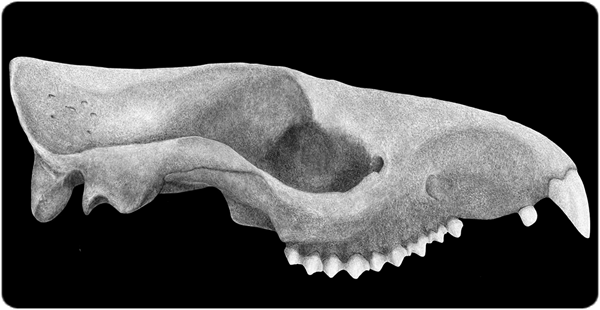Un equip internacional amb la participació de personal investigador de l'Institut Català de Paleontologia Miquel Crusafont (ICP), la Universitat d'Edimburg i diferents institucions dels EUA (Pittsburgh, Albuquerque i Nova York) ha demostrat que els mamífers placentaris arcaics de l'Eocè, com els til·lodonts Trogosus, conservaven característiques cerebrals ancestrals en comparació amb altres grups contemporanis de l'Eocè. L'estudi revela que aquest gènere tenia un neocòrtex relativament petit, el que podria haver tingut repercussions negatives en la seva supervivència a llarg termini i estar relacionat amb l'extinció dels Tillodontia al llarg de l'Eocè mitjà.
 An international research team including paleontologists from the Institut Català de Paleontologia Miquel Crusafont (ICP), the University of Edinburgh, and different institutions from the USA (Pittsburgh, Albuquerque, and New York) have shown that Eocene archaic placental mammals such as the tillodont Trogosus retained ancestral brain features in comparison to contemporaneous Eocene crown clades. The study reveals that this genus had a relatively small neocortex, which could have negatively impacted its long-term survival and been linked to the extinction of Tillodontia during the middle Eocene.
An international research team including paleontologists from the Institut Català de Paleontologia Miquel Crusafont (ICP), the University of Edinburgh, and different institutions from the USA (Pittsburgh, Albuquerque, and New York) have shown that Eocene archaic placental mammals such as the tillodont Trogosus retained ancestral brain features in comparison to contemporaneous Eocene crown clades. The study reveals that this genus had a relatively small neocortex, which could have negatively impacted its long-term survival and been linked to the extinction of Tillodontia during the middle Eocene.






